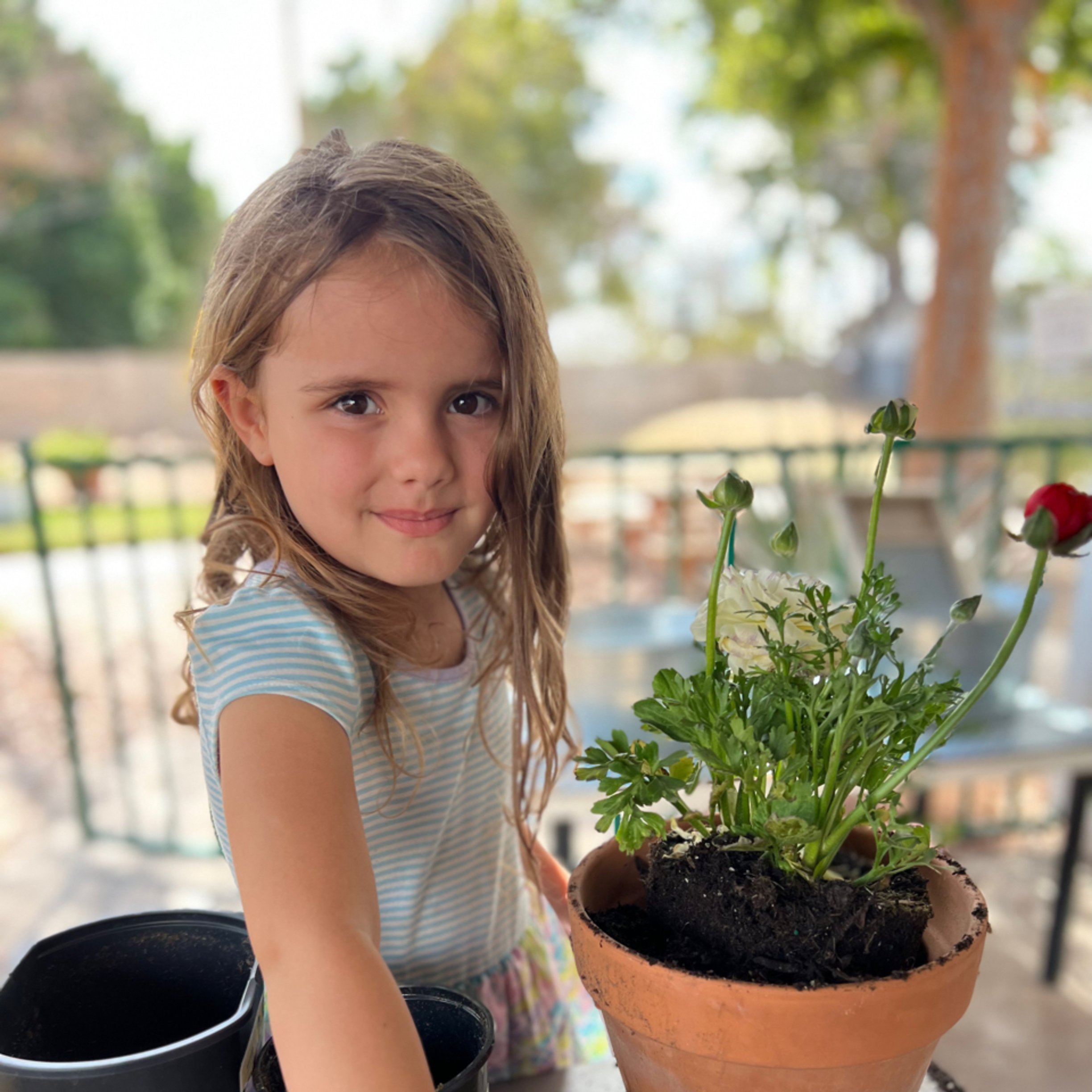
Children’s House
The Primary program is for children ages three to six, with the Kindergarten year included in this three year developmental cycle.
In our prepared environments, you will see children connected to meaningful activity, developing a deep love of learning, and building confidence.
Everything is intentional.
Schedule Your Tour Today.
-
Dr. Maria Montessori said, “A child’s work is to create the adult they will become. Adults work to perfect the environment, but children work to perfect themselves.”
At Tempe Montessori School, we have structured many exercises to help the child satisfy their need for meaningful activity. Part of a “whole-child” education includes offering the child opportunities to self-construct. The purposes include to help the child develop concentration, independence, control and refinement of movement, and strong mental faculties as a stepping stone to executive functioning skills.
-
Children from three-to-six experience windows of opportunity for sensorial impressions that serve as lifelong touchstones. The sensorial area introduces children to isolated qualities for all senses including stereognostic activities. Additionally, there are indirect preparations for mathematics including geometry and algebra.
-
Driven by the powers of the “Absorbent Mind”, young children are able to catapult into the world of communication with minimal effort. The purpose of the language exercise is to help the child construct their personality through spoken language, writing, and reading. The outcome of a three-year-cycle is total reading and a profound love of literacy.
-
In Primary, the mathematic materials move from concrete to abstract concepts. This way, children can easily and joyfully assimilate many facts and skills. From learning numbers 1-10 to experiences with place value and concepts expanding through the millions, children explore the wonderful world of counting and equations.
-
Music and movement is integrated into the daily life of the child. The Montessori bells material offers the child opportunity to learn the chromatic and diatonic scale, reading musical notation, and even musical composition. In the Primary environment, you will see and hear children singing, dancing, and listening to varieties of musical composition beyond your typical lullabies or children’s songs.
Imagine your child, with a big smile, asking: “Family, is this Minute Waltz by Chopin?”
Refinement of gross and fine motor skills is also a focal point to develop hand-eye-coordination and core stability.
-
We start with the whole world, our earth, our humble abode and then hone in on specific regions, countries, and states relevant to the child’s time and place. It is not uncommon for a five year old to identify and name the counties across our seven continents, the oceans, and the capitals too! We love geography. We love talking about climate and how to be better humans, and to care for our beautiful planet.
Culture is interwoven into EVERYTHING, all areas. From cultural artifacts to music to expression. Children learn to identify commonalities amongst all living beings and develop respect for the unique individuals we all are.
-
Hello green garden beds! When the weather permits, which is most seasons here in Arizona, we are getting our hands dirty, planting seeds, and singing songs. Pure magic exists when a child plants a carrot seed, watches it sprout, harvests it, peels it, chops it, and bakes said carrot into a little muffin. Farm to table experiences are a daily occurrence here at TMS. We also have our goats to observe, the enchanting koi pond, and lively classroom pets that teach children responsibility, accountability, and calms them through difficult times. It’s basically a sanctuary for our young biologists, botanists, zoologists, geologists, or whichever interest presents. Rule of thumb: harm no living thing.
“There is no description, no image in any book that is capable of replacing the sight of real trees, and all the life to be found around them.” -Dr. Maria Montessori
Did we mention the indoor plants? There’s a plethora of them and much leaf shape nomenclature to learn!
